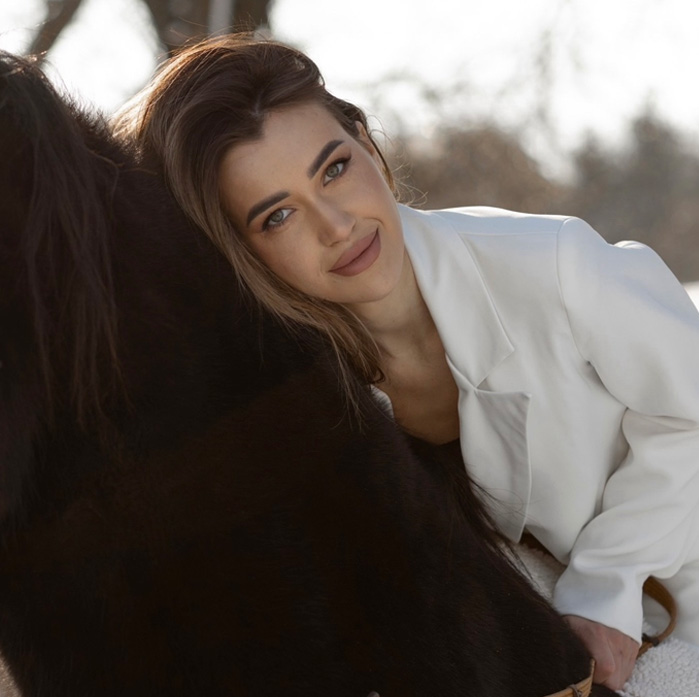Photographie pose is the way a person stands, sits, or moves in front of a camera. Choosing the right pose can make pictures look more natural and attractive. People use different poses depending on the mood they want, the style of the shoot, and the subject.
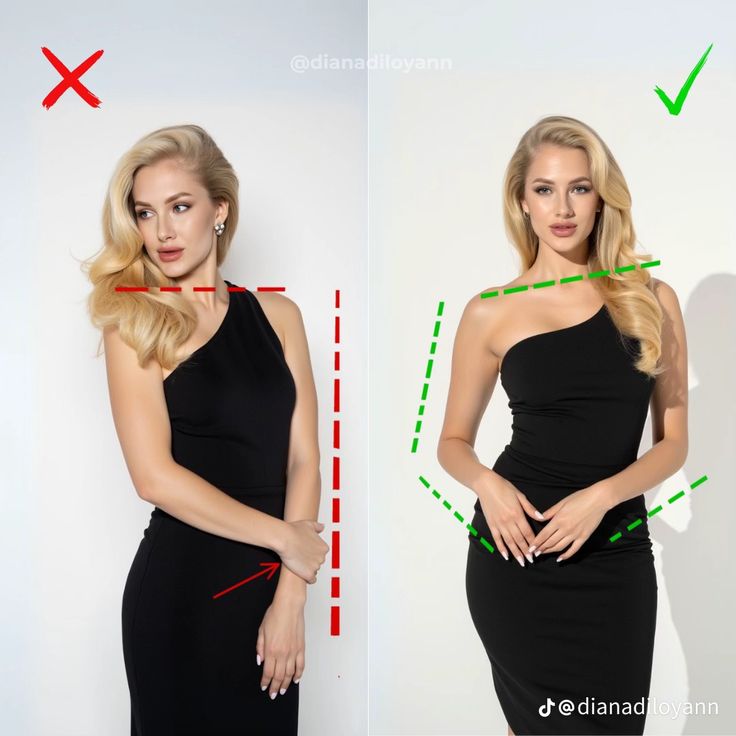
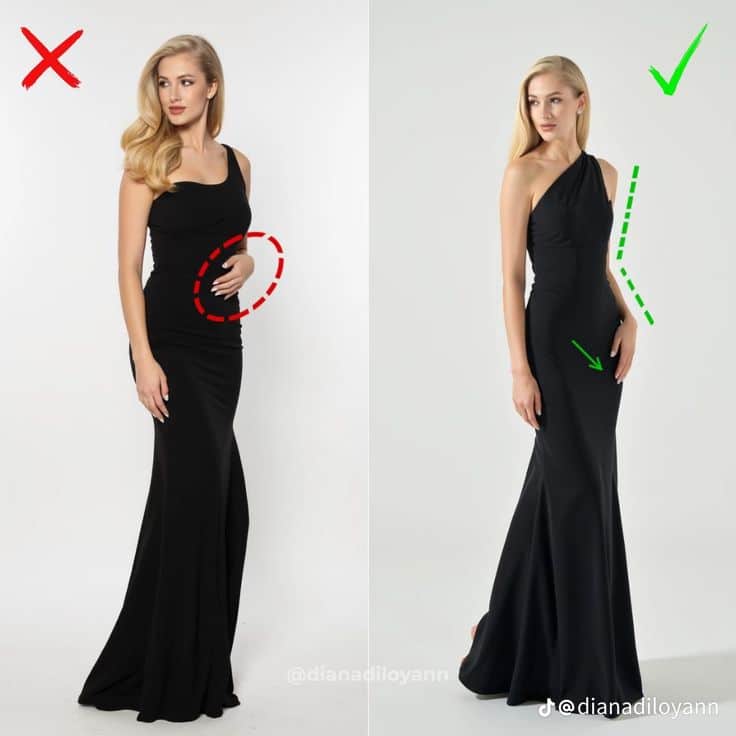
Good posing is about more than just smiling or standing still. It includes how someone uses their arms, legs, face, and even what they wear. With practice and simple tips, anyone can learn to pose better and help create photos they will like.
Key Takeaways
- Photographie pose shapes how a person looks in photos.
- Simple tips and practice improve posing skills.
- Style and comfort are key to good posing results.
Understanding Photographie Pose

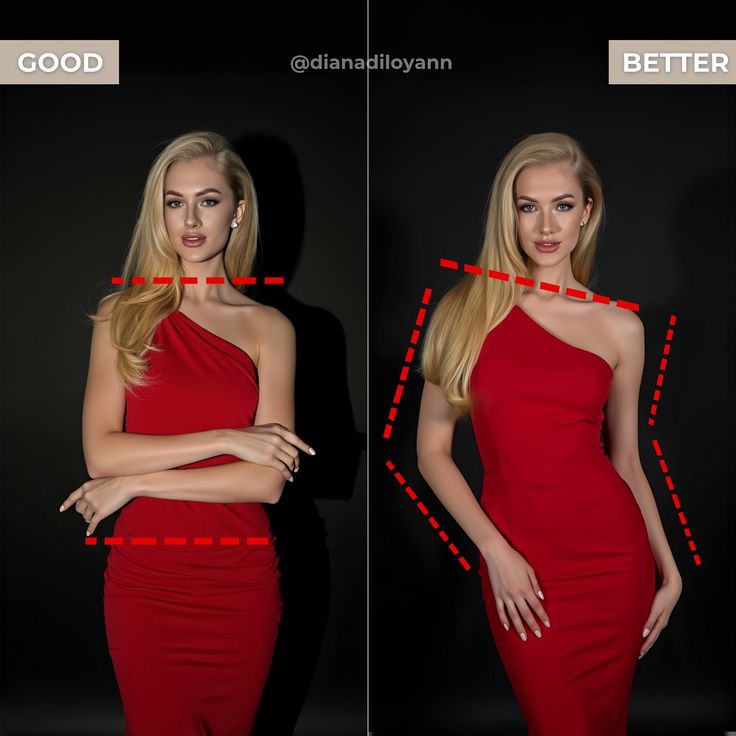
Photographie pose is a key part of portrait and fashion photography. The way a person stands, sits, or holds their hands can shape how the final picture looks and feels.
Definition of Photographie Pose
A photographie pose refers to the way a person positions their body in front of the camera. This includes the placement of their arms, legs, head, and even facial expressions. The pose can be formal, relaxed, or anything in between.
Photographers often guide people into poses that fit the scene or mood they want. Poses can help bring out different sides of a person’s character. Some poses show confidence, while others look gentle or thoughtful.
A good pose helps highlight a person’s best features. Sometimes poses are planned in advance; other times, they are chosen on the spot. The photographer pays attention to details like posture, hand placement, and even where the eyes are looking.
Importance in Photography
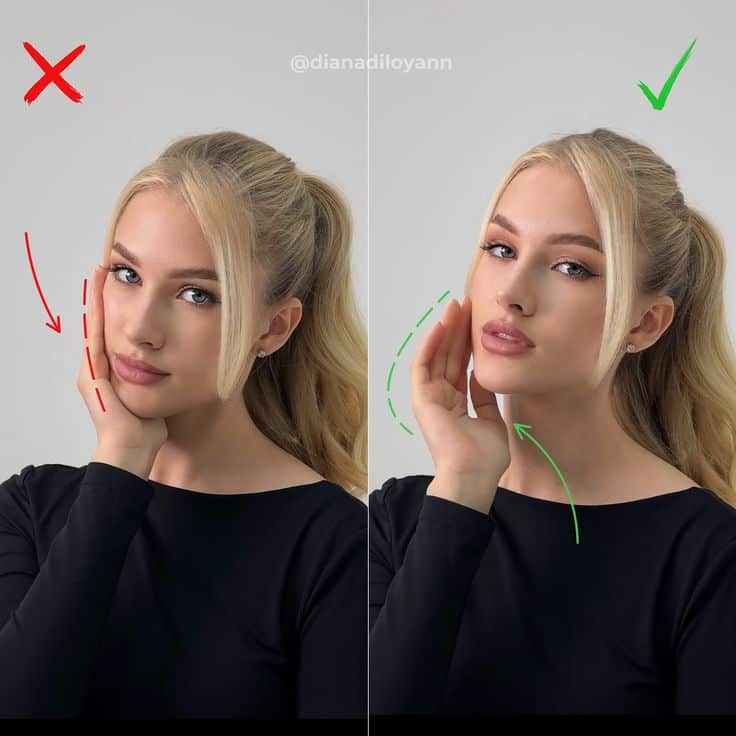
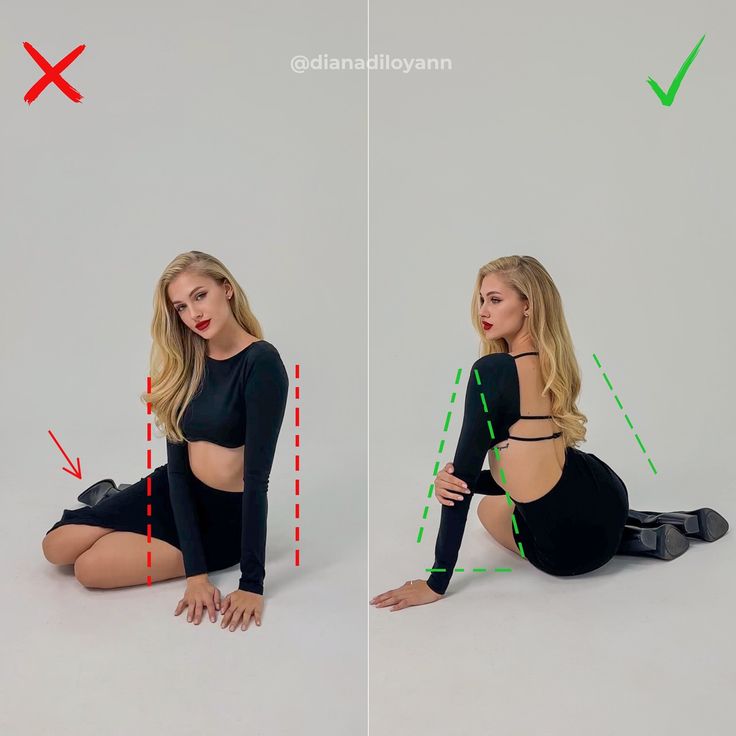
The pose in a photo changes how viewers see the subject. A strong pose can make a picture stand out and tell a clear story. For example, standing tall with shoulders back can show confidence.
Poses can also hide features a person feels shy about or draw attention to something special, like a person’s smile. In fashion photography, poses show off clothing or style. In family photos, a natural pose makes the image feel real and warm.
Photographers use poses to set the mood. A relaxed pose might make a person look friendly. A serious pose can create mystery. Simple changes, like turning a shoulder or tilting the head, can make a big difference in the final shot.
Common Myths and Misconceptions
Many people believe they must copy popular poses found online or in magazines to look good in photos. This isn’t true. The best pose often depends on the individual and the purpose of the photo.
Some think only professional models can pose well. In reality, anyone can learn to find poses that suit them. It is also a myth that holding still and smiling is always best. Sometimes, a natural or even slightly awkward pose looks more interesting.
There is a common idea that tall, thin, or very symmetrical people automatically look better in poses. Good lighting, a fitting pose, and confidence matter much more. Photographers often help correct posture and guide people to find a pose that makes them feel comfortable and look their best.
Fundamentals of Posing


Understanding how people stand, move, and show emotion helps photographers take better photos. Paying attention to the way a person’s body is positioned can change the feeling and quality of the picture.
Body Language and Expression
Body language can say a lot in a photograph. The way someone holds their hands or where they look can make a photo look relaxed, tense, happy, or serious. Subtle expressions, like a small smile or a raised eyebrow, create interest and help share a mood.
Photographers should watch for crossed arms or tightly clenched hands, as these can make a person look stiff or uncomfortable. Encouraging people to relax their shoulders and use open gestures helps show confidence or friendliness. If the subject is unsure about how to pose, using simple directions like “look over your shoulder” or “think of something happy” helps guide their expression.
Making eye contact with the camera often builds connection, but looking away can also give a more thoughtful or natural look. Facial expression and body language work together to shape the entire photo.
Posture and Alignment
Good posture is important for every pose. Standing tall with a straight back can make a person look more confident and alert. Slouching or uneven shoulders can make a photo look careless or dull.
Photographers often remind subjects to pull their shoulders back, lift their chin slightly, and align their body with the camera. These small changes help avoid a slumped look and keep the image sharp. Feet placement matters too. Shifting weight onto one foot or turning the body a little gives a more natural and balanced appearance.
Sometimes, a table like this can help:
| Posture Tip | Effect on Photo |
|---|---|
| Straight back | Confidence |
| Relaxed shoulders | Comfort/Friendliness |
| Chin lifted slightly | Alertness |
| Uncrossed arms | Open, inviting feel |
By focusing on these basics, photographers improve the final result.
Natural vs. Staged Poses
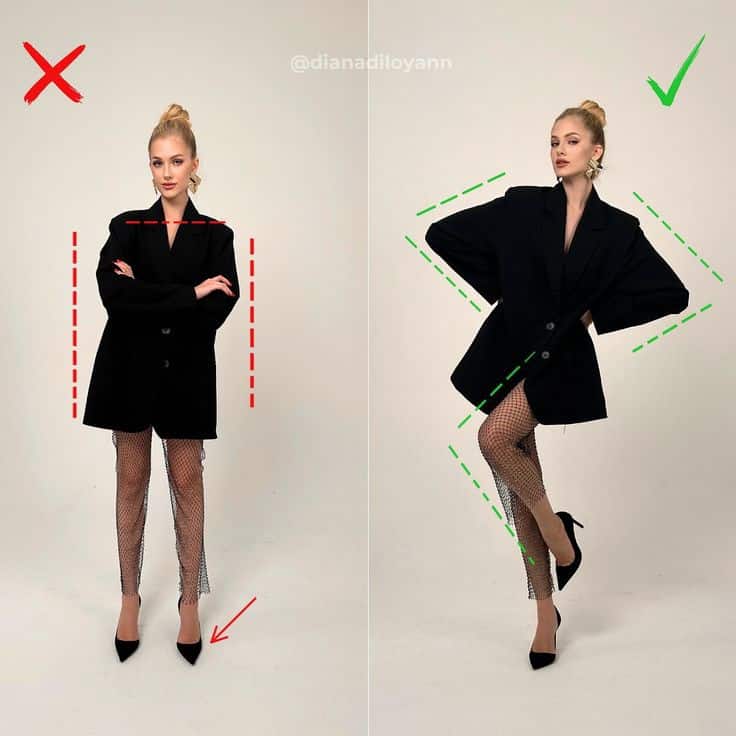
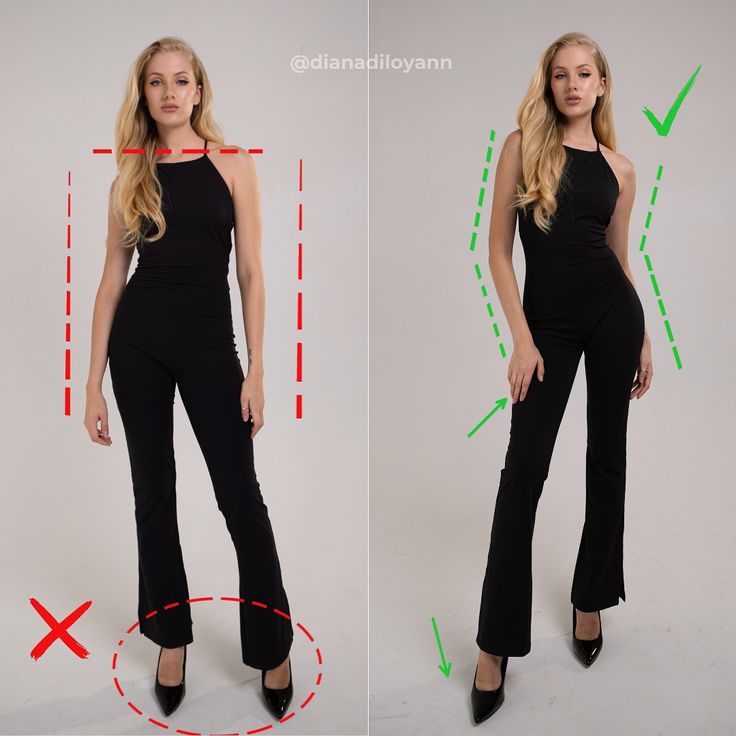
There are differences between natural and staged poses. Natural poses look casual and often happen when subjects are not fully focused on the camera. These include walking, laughing, or looking away. They help photos look relaxed and real.
Staged poses are planned. The photographer might tell the subject where to put their hands, where to look, or how to stand. While these can seem stiff, practicing small changes can help make them feel less forced.
Photographers can use simple instructions to blend natural and staged poses. For example, asking someone to shift their weight or adjust their clothing keeps the pose fresh. It’s helpful to mix both styles to capture honest moments and classic looks in the same photo session.
Techniques for Effective Posing
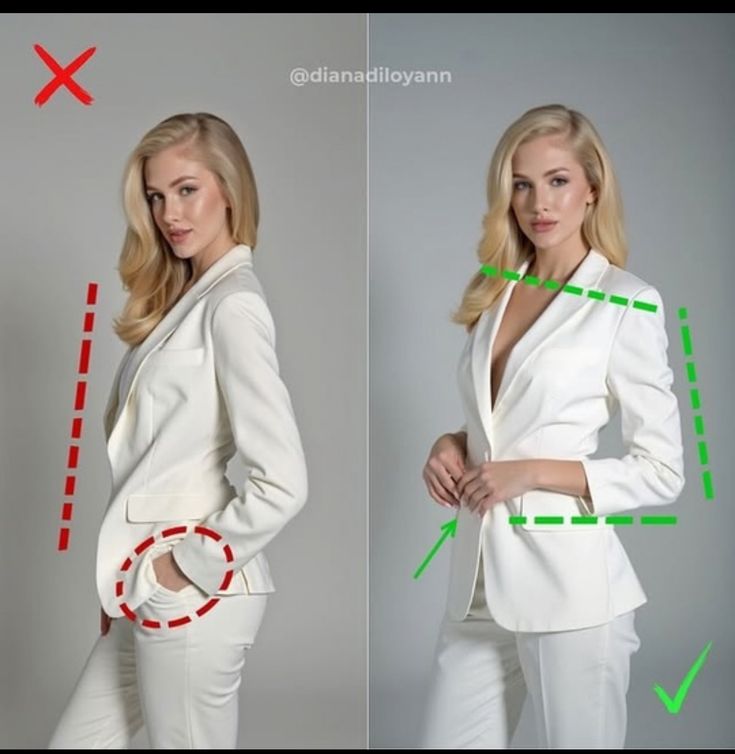

Clear communication and thoughtful planning help capture flattering and meaningful photographs. Understanding how to direct subjects, choose suitable props, and work with light ensures each pose looks natural and balanced.
Guiding Subjects
Photographers can help subjects relax by giving simple, step-by-step instructions. It helps to start with easy poses, such as standing or sitting comfortably, and then adjust hands, shoulders, or feet as needed.
Encouraging natural movements, like having someone gently turn their head or shift their weight, makes the photo look less stiff. Photographers may ask for small actions—like looking over a shoulder or putting a hand in a pocket—to create variety.
Positive feedback while posing keeps the subject confident. This can be especially important for people who are nervous or not used to being photographed.
Common Tips to Guide Subjects:
- Suggest breathing deeply before each pose.
- Demonstrate the pose first if possible.
- Offer gentle corrections rather than lots of changes at once.
Using Props and Backgrounds
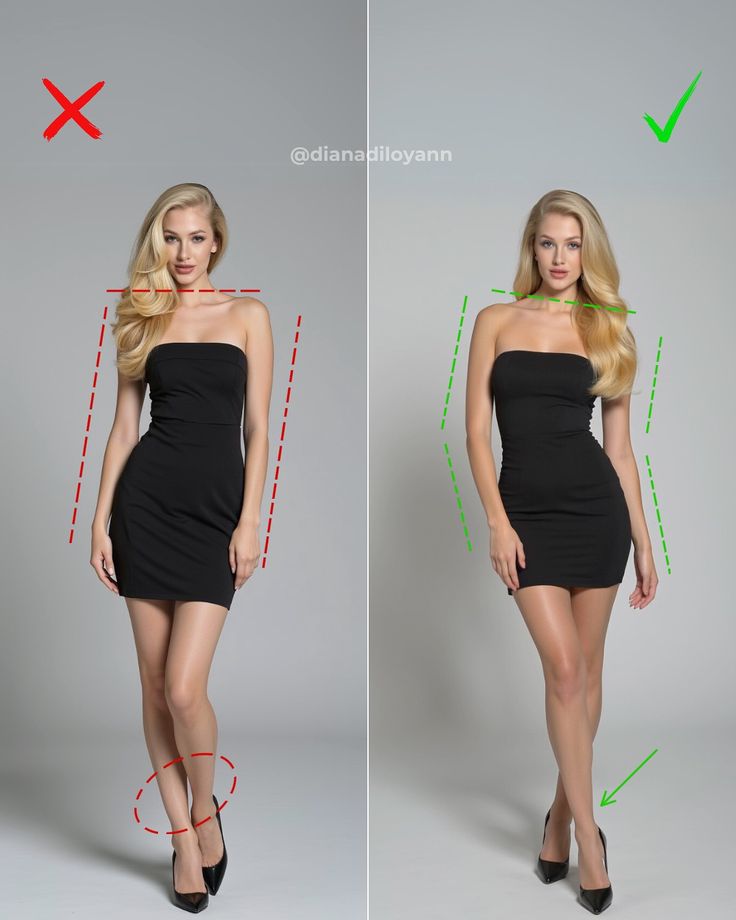
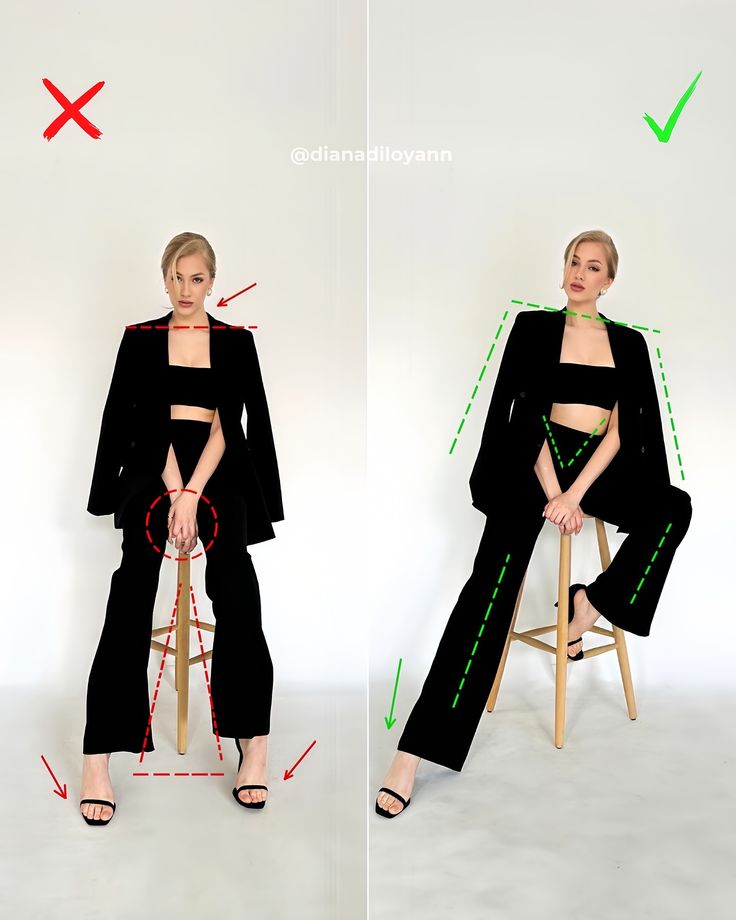
Props and backgrounds add context and style to a photograph. The right prop—like a chair, a book, or even a hat—gives the subject something to do with their hands and makes the pose seem more natural.
Photographers should match props with the theme or mood. For example, flowers suit portraits with nature themes, while a guitar may fit a musician. Avoid clutter that distracts from the person—less is often more.
Backgrounds play a big role. A plain wall keeps focus on the subject, while a textured or colorful background adds interest. Photographers often pay attention to colors so that clothing, props, and backgrounds do not clash.
Quick tips for props and backgrounds:
- Choose props that are simple and meaningful.
- Check for objects behind the subject that may look distracting.
- Use backgrounds that help tell the subject’s story.
Adapting Poses to Lighting
Lighting affects how a pose appears on camera. When using natural light, photographers may pose the subject so the main light source, like a window or the sun, shines gently on their face.
For studio lighting, the direction and strength of lights change how shadows and highlights fall. A classic way to flatter the subject is using soft, even light from the front or slightly to the side. This reduces harsh shadows and keeps facial features clear.
Sometimes, turning the subject or having them tilt their head changes how the light lands on their features. Small pose changes can help avoid unwanted shadows on the nose or under the eyes.
Lighting and pose adjustment table:
| Light Source | Pose Adjustment |
|---|---|
| Window (Side) | Angle shoulders toward window |
| Overhead Light | Tilt chin slightly downward |
| Backlighting | Add fill light or reflect light |
Posing for Different Subjects
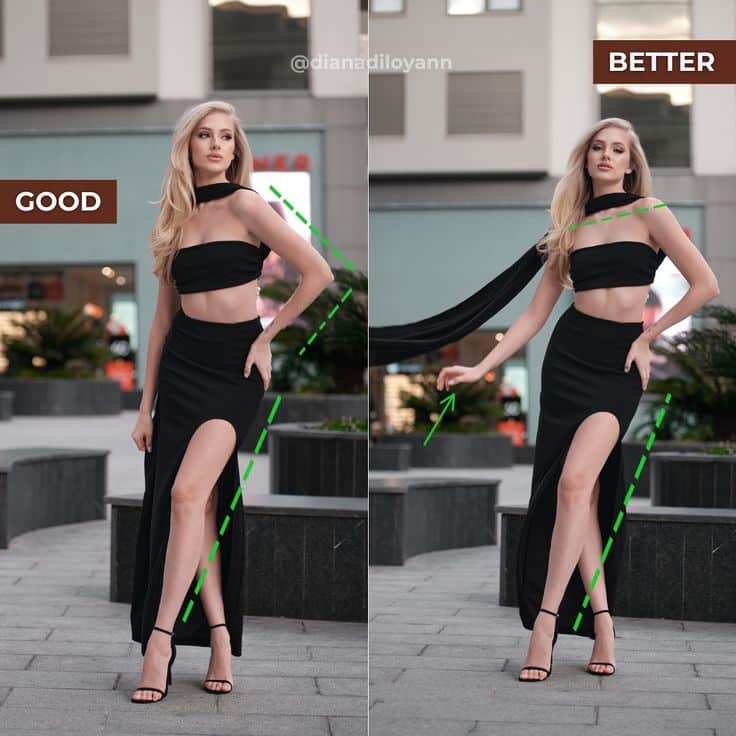

Different posing tips work best for each type of subject, whether working with one person or several people. Attention to body position, expression, and how people interact helps make each photo look natural and flattering.
Individual Portraits
When photographing one person, the main goal is to highlight their best features and help them feel relaxed. Positioning the subject at a slight angle to the camera often slims the face and body. A relaxed posture, with shoulders dropped and hands placed naturally, creates an approachable look.
Eye direction matters. Having the subject look just above or to the side of the camera can make the portrait feel candid. If needed, props like chairs or simple objects give hands something to do and reduce awkwardness.
Tips for Individual Portraits:
- Avoid stiff arms and legs; small bends create natural lines.
- Use soft smiles or gentle expressions for a calm mood.
- Play with chin angles to reduce shadows under the face.
Couples and Groups
Posing two or more people is about showing their relationship and keeping everyone in flattering positions. Body contact, such as shoulders touching or holding hands, shows connection in couples or families. Staggering people (not lining them up) adds visual interest.
Photographers often arrange heights by having some people sit or stand on different levels. This avoids creating a straight line and lets faces stand out. Watch for hidden faces and make sure everyone’s eyes are visible.
Common group posing tips:
| Tip | Why It Matters |
|---|---|
| Avoid big gaps | Keeps the group looking close and united |
| Mix sitting & standing | Adds depth and interest |
| Check hand placement | Prevents awkward or hidden hands |
Children and Families
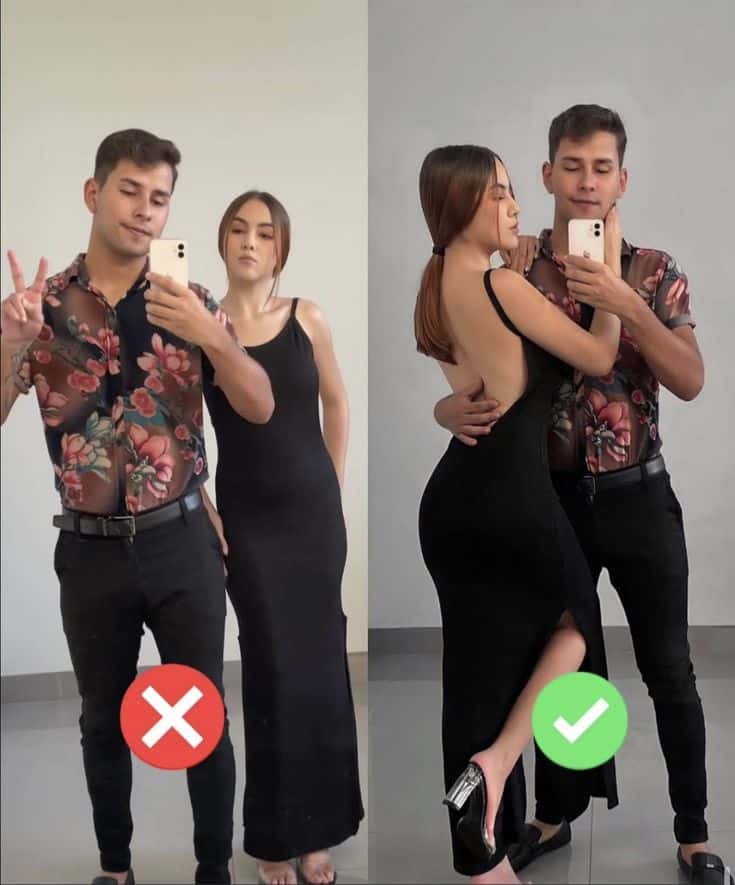
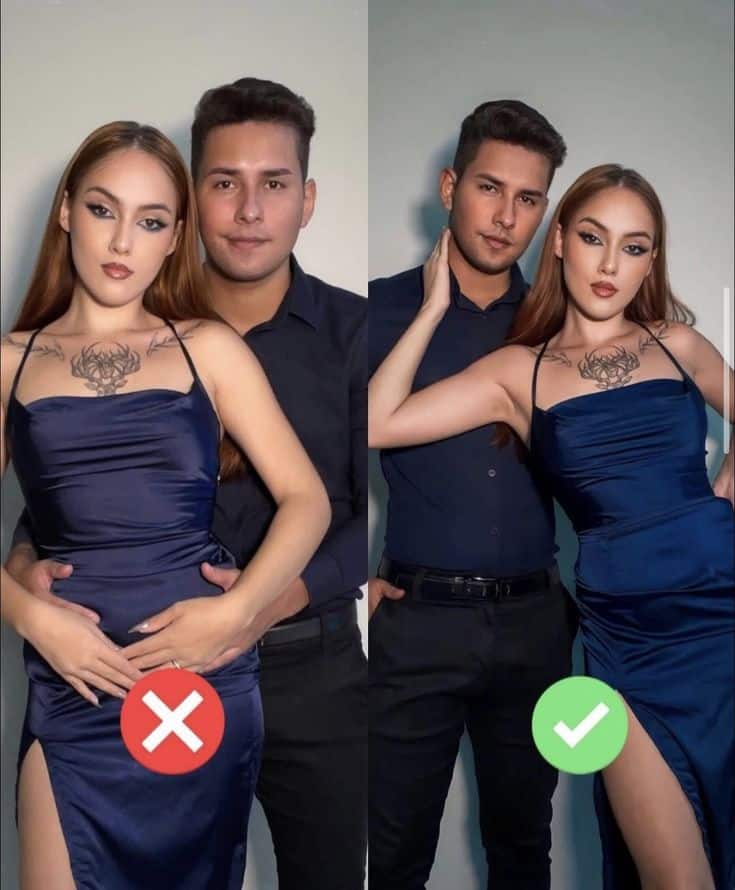
Photographing children and families needs patience and flexibility. Kids move quickly and may not stay still, so fun prompts help (like asking them to hug or look at each other). Getting everyone close together makes the photo feel warm.
Letting children interact with parents or siblings gives real expressions. Posing on the ground or at the child’s level helps keep focus on the face. For families, simple seated poses or group hugs are easy and look natural.
Helpful ideas:
- Encourage play, like tickling or jokes, for real smiles.
- Use blankets or props for seated poses outdoors.
- Keep directions light and positive, especially with young kids.
Styling and Wardrobe Considerations

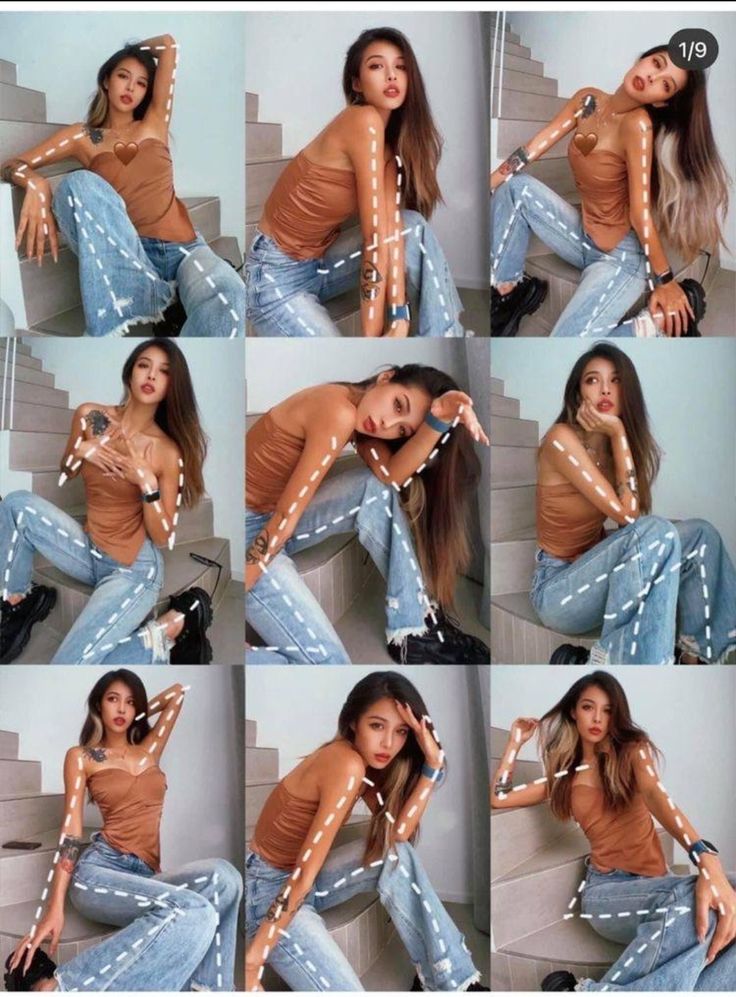
Clothing and color choices can influence how a photo turns out. Certain styles and combinations can bring out the best in both the pose and the subject.
Selecting Outfits
When picking outfits for a photoshoot, comfort and fit matter most. A person should wear clothes that allow easy movement to help them relax in front of the camera. Tight or ill-fitting clothing can restrict poses and make the subject look uncomfortable.
Patterns should be chosen with care. Small prints or very busy designs may distract from the person’s face or expression. Solid colors or simple patterns usually work best. Outfits with wrinkles, logos, or graphics can draw attention away from the main subject. Layers such as jackets or accessories can add depth and interest to the image.
Shoes should match the overall style. Wearing shoes that fit the outfit helps keep the look put together. Before the shoot, it helps to try everything on and check how the clothing looks when standing, sitting, or moving.
Coordinating Colors
Color coordination impacts how the photo feels. A balanced color scheme helps the subject stand out without clashing with the setting. For group shots, it is best to choose colors that look good together but are not exactly the same.
Some classic combinations include:
| Main Color | Accent | Neutral |
|---|---|---|
| Navy Blue | Yellow | White, Gray |
| Burgundy | Cream | Tan, Black |
| Olive | Rust | Beige, Brown |
Avoid matching the background too closely, which can make a person blend in. Use complementary or analogous colors to create harmony. Steer clear of extremes like pure white and pure black, as these can cause lighting issues in photos.
Accessories such as scarves or hats can add a splash of color if the main clothing is neutral. The right mix draws attention to the subject and keeps the mood of the photo balanced.
Cultural and Creative Aspects
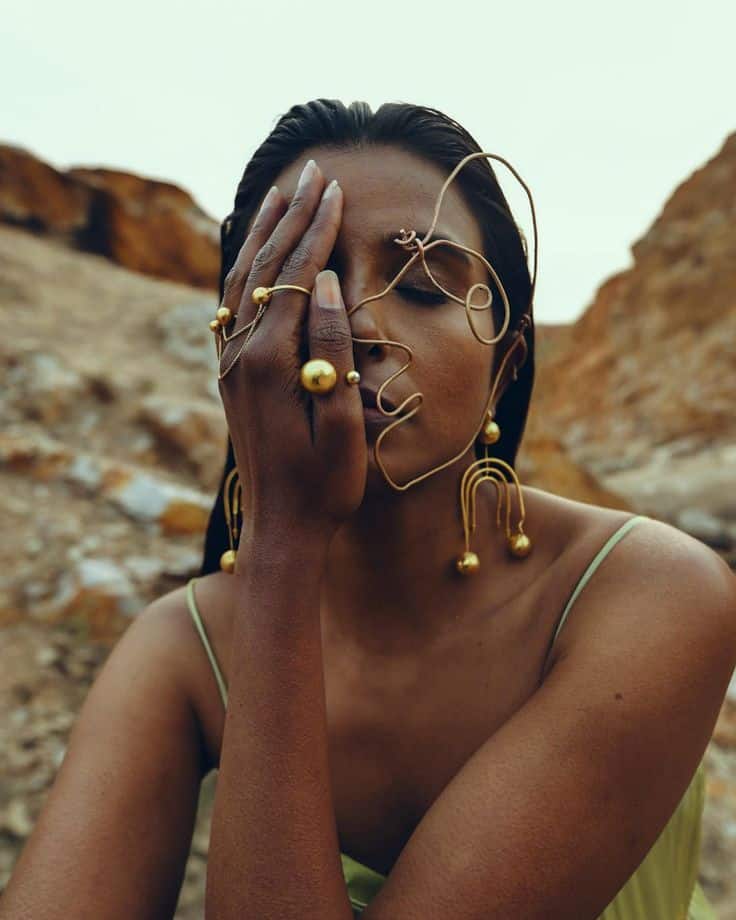
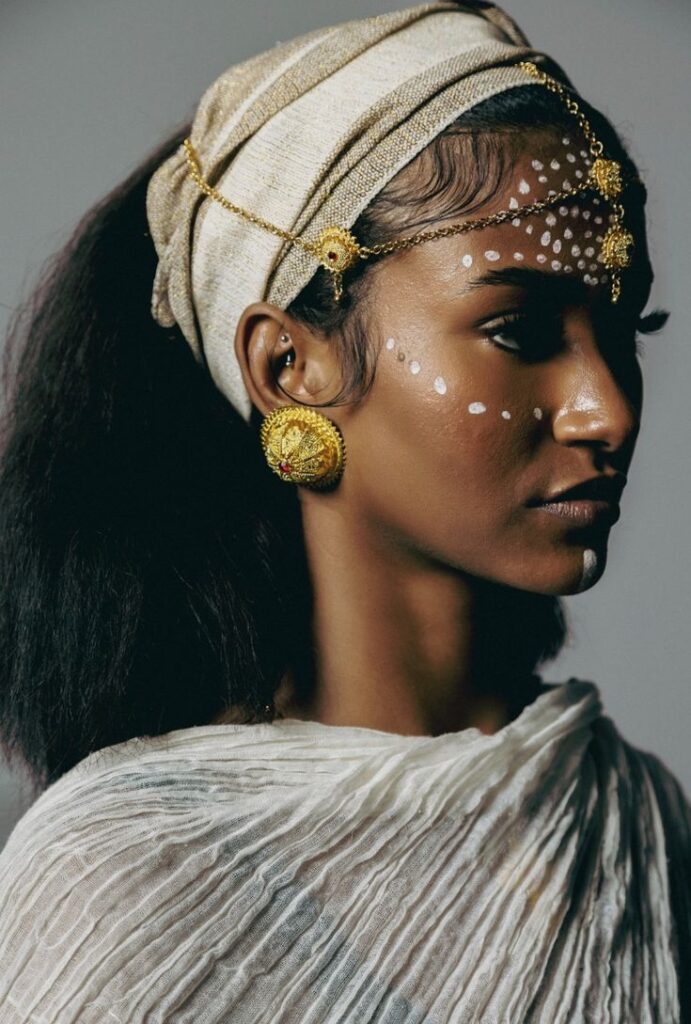
Photographie pose is influenced by both cultural customs and personal style. How people pose can show their traditions, beliefs, and artistic choices.
Cultural Influences on Posing
Different cultures have their own preferred ways of posing in photographs. For example, in Japan, many people use a peace sign or keep a gentle smile for casual pictures. In some Middle Eastern cultures, modesty is important, so people might stand with their bodies facing forward and hands at their sides.
Western cultures often encourage open, relaxed poses, such as putting a hand on a hip or leaning slightly. Some African communities use group poses to show a sense of unity and family. These styles reflect local values, social norms, and even religious beliefs about appearance.
Table: Example Posing Styles by Region
| Region | Common Pose Features |
|---|---|
| East Asia | Peace sign, gentle smile |
| Middle East | Modest, straight posture |
| Western Europe | Relaxed, expressive gestures |
| Africa | Group poses, close connection |
These differences matter in events like weddings, where traditions dictate how people stand or sit. Understanding the cultural background helps photographers respect the customs of each group.
Artistic Expression in Photographie Pose
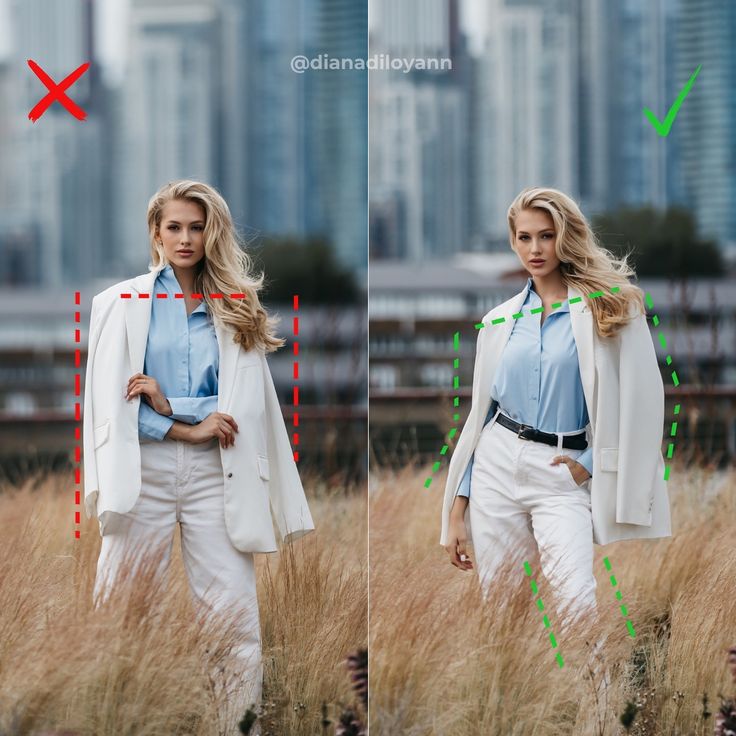
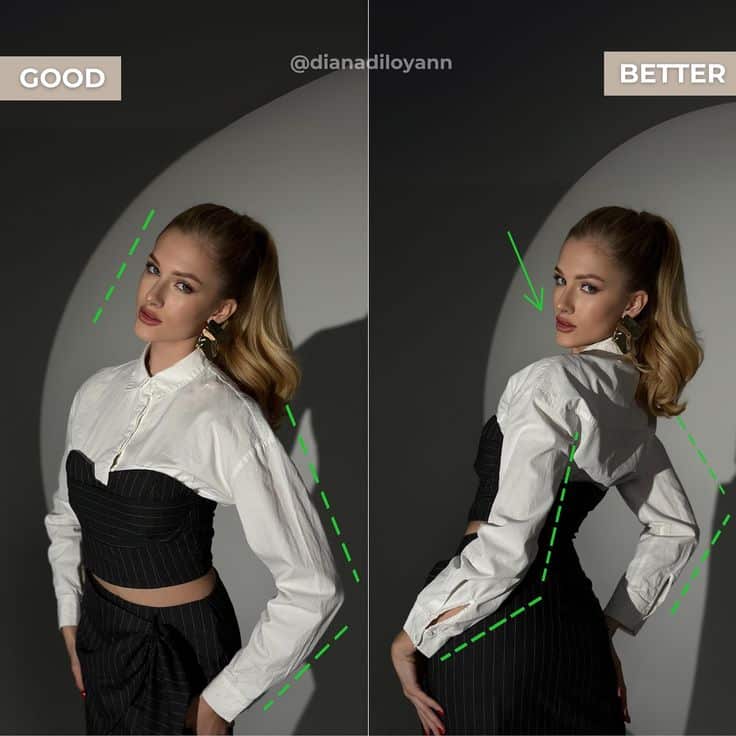
Photographie pose is not just about rules; it’s also about creativity. Some photographers use bold angles or interesting hand positions to create a certain mood. A person looking away from the camera can show thoughtfulness, while a strong stance with arms crossed can suggest confidence.
The choice of pose often works together with lighting, clothing, and background. Creative poses can highlight movement, fashion, or emotion. Photographers may give clear direction, or let the subject experiment with their own ideas.
Lists of creative ideas help in planning:
- Try standing or sitting in unusual spots
- Use props like chairs or scarves
- Change the direction of gaze
Artistic choices make each image unique and can help tell a stronger story in a photograph.
Tips for Photographers
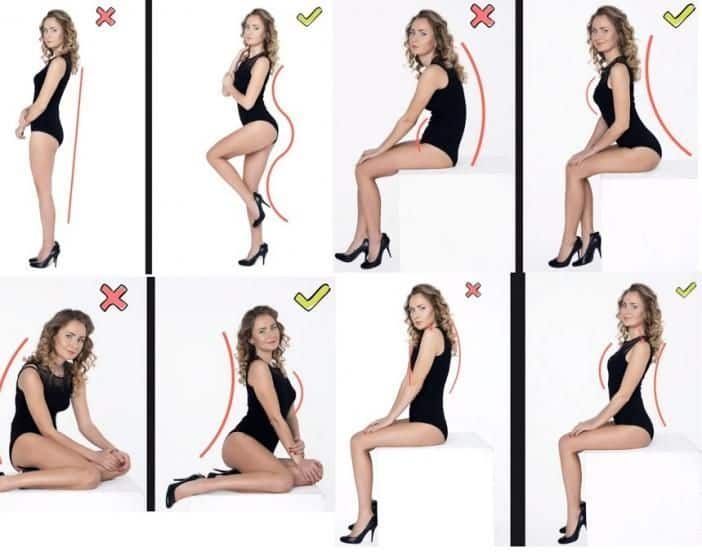
Helping subjects relax and building trust will lead to better portrait photographs. Good communication skills make it easier to guide people into natural, flattering poses.
Building Subject Confidence
Photographers should greet subjects with a friendly smile and clear instructions. Simple guidance, like how to stand or where to look, helps subjects feel less nervous. Complimenting them sincerely when they follow directions can boost their confidence.
Using icebreakers, such as asking easy questions or sharing a quick story, helps make people feel comfortable. It is a good idea to allow a few practice shots. This shows subjects how the session will go and helps them get used to the camera.
Photographers can also:
- Demonstrate the pose themselves
- Use positive language (“Great job,” “That looks good”)
- Offer breaks when someone looks tense
These steps reduce stress and encourage natural expressions.
Communication Strategies
Clear directions help people pose well and look more relaxed. Photographers should avoid using vague words. Instead, they can say, “Turn your shoulders slightly,” or “Tilt your chin down.”
Non-verbal cues, like gentle hand gestures or showing a pose, also help. Some subjects may not understand words alone, so a visual demonstration works better.
Photographers should ask for feedback. Questions like, “Do you feel comfortable?” or “Would you like to try a different pose?” keep communication open. This two-way approach leads to better results.
Using a checklist can help:
| Communication Tip | Example |
|---|---|
| Give specific instructions | “Place your hand on your hip.” |
| Check for understanding | “Does that feel natural to you?” |
| Use demonstrations | Show the pose instead of describing |
Common Challenges and Solutions
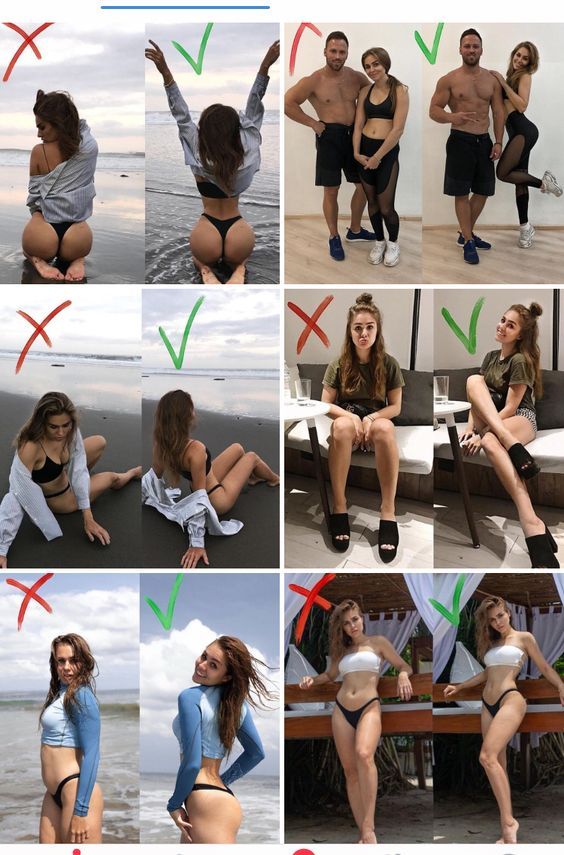
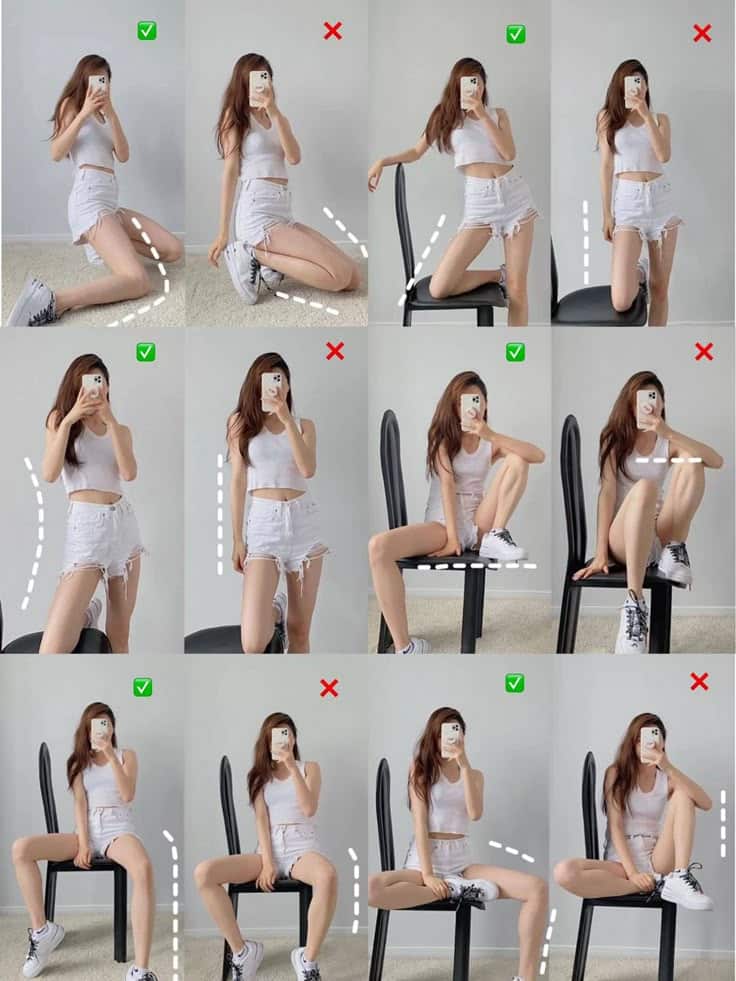
Many people struggle with feeling natural in front of the camera or finding poses that fit their unique shape. There are proven ways to help both beginners and experienced subjects look their best in photos.
Overcoming Awkwardness
A common issue in photography sessions is when the subject feels stiff or uncomfortable. Nervous energy often makes people worry about their appearance, resulting in forced smiles or tight body language.
To ease tension, photographers can use simple tricks like having the subject take deep breaths, shake out their hands, or talk about a favorite hobby. Encouraging light movement, such as walking or slight shifts in posture, helps create more relaxed poses.
Directing subjects with clear, positive feedback is also key. Using phrases like, “That looks great, try turning your chin slightly,” builds confidence. Some photographers play music to provide a calm environment. It is important to adjust instructions based on the comfort level of the person being photographed.
Adapting to Different Body Types
Every body is different, so one pose does not work for everyone. People may feel self-conscious about certain areas, making it important to use angles and poses that highlight their strengths.
Photographers can use the following techniques:
- Turn the body slightly to the side to create a slimmer look.
- Bend arms and legs for more natural, dynamic lines.
- Use props or seated positions to help support posture.
- Adjust camera height to flatter facial features and body shape.
It helps to ask the subject what angles or poses they prefer. Listening and adapting builds trust and ensures the subject feels comfortable, leading to better photos.
Trends in Photographie Pose
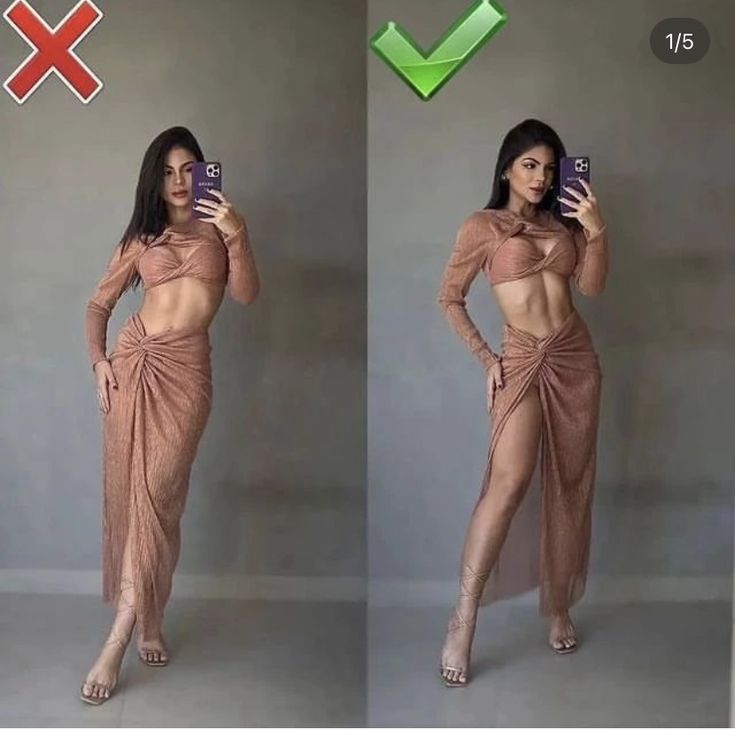
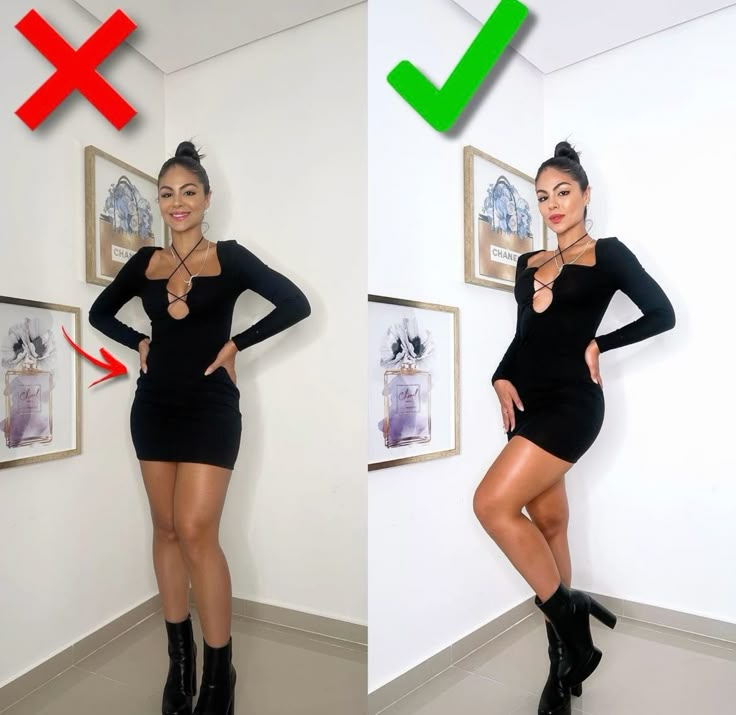
Photographie poses have changed a lot in recent years. Many people prefer more natural and relaxed looks instead of stiff or formal poses.
Popular trends include:
- Candid shots where subjects are not looking at the camera.
- Movement poses such as walking or jumping.
- Group interaction, like laughing together or sharing a moment.
Many photographers also use props, like chairs, flowers, or even mirrors, to make poses more creative. The use of light and shadows is another trend. Photographers play with sunlight or lamps to add mood to their pictures.
| Trend | Description |
|---|---|
| Candid Poses | Subjects act naturally, not staged |
| Action Shots | Capture movement, like walking |
| Emotional Focus | Close-up on expressions and feelings |
| Use of Props | Add objects for creative effect |
| Play with Lighting | Use natural or artificial light creatively |
Some people also try retro styles, using classic poses from past decades. Meanwhile, others try minimalist approaches—simple backgrounds and fewer props.
These trends help make each photo unique and match the subject’s personality. Photographers pick poses based on the theme and the people they are working with.
Conclusion
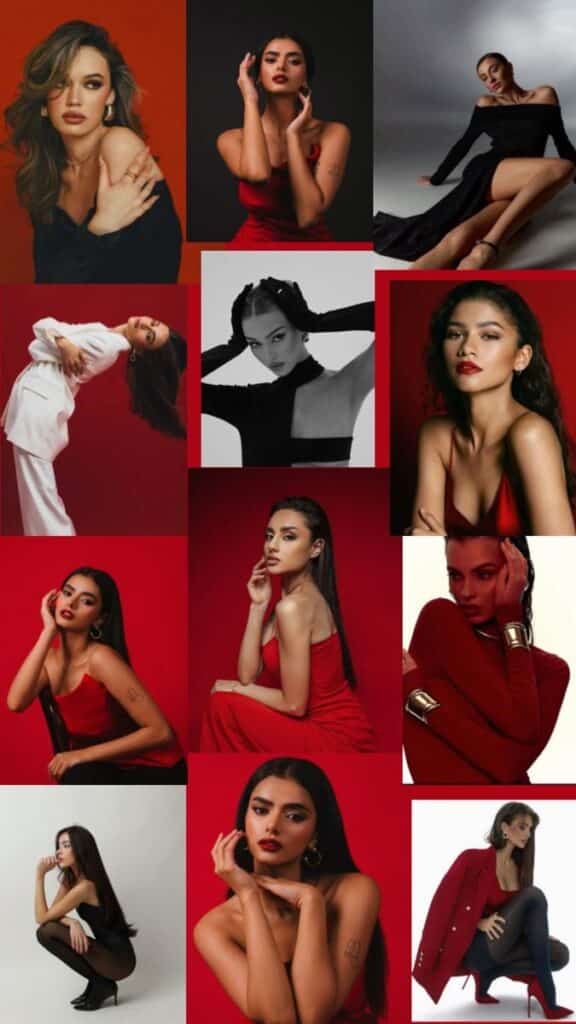
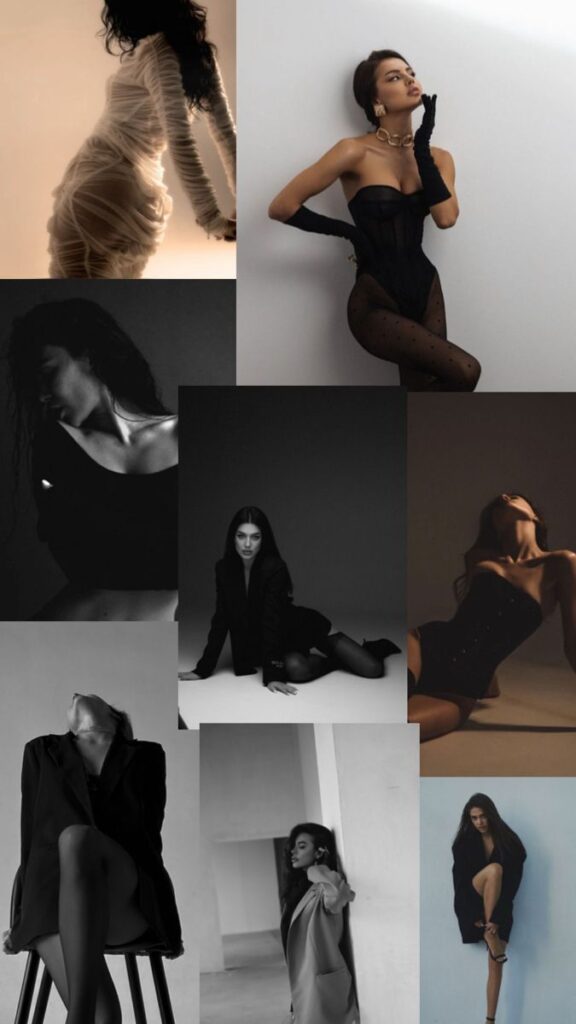
A good pose helps to create a strong photograph. It shows how the subject feels and guides where the viewer looks.
Photographers often use simple steps to improve posing. These include:
- Changing the angle of the body
- Relaxing hands and arms
- Making sure the face has a natural look
Practice is important. Photographers and their subjects can learn what works by trying different poses.
Lighting also affects how poses look in photos. Soft light often makes faces look smooth, while harsh light can make shadows sharper.
A quick checklist for photography poses:
| Step | Why Important |
|---|---|
| Relax shoulders | Makes the photo look natural |
| Turn the body | Adds interest |
| Check hands | Prevents awkwardness |
Everyone looks different in photos. Photographers can help people find the pose that matches their style and personality.
Paying attention to small details, such as posture and facial expression, can improve the final image. A well-chosen pose often makes the photo clearer and more engaging.
- 12.6Kshares
- Facebook0
- Pinterest12.6K
- Twitter0
